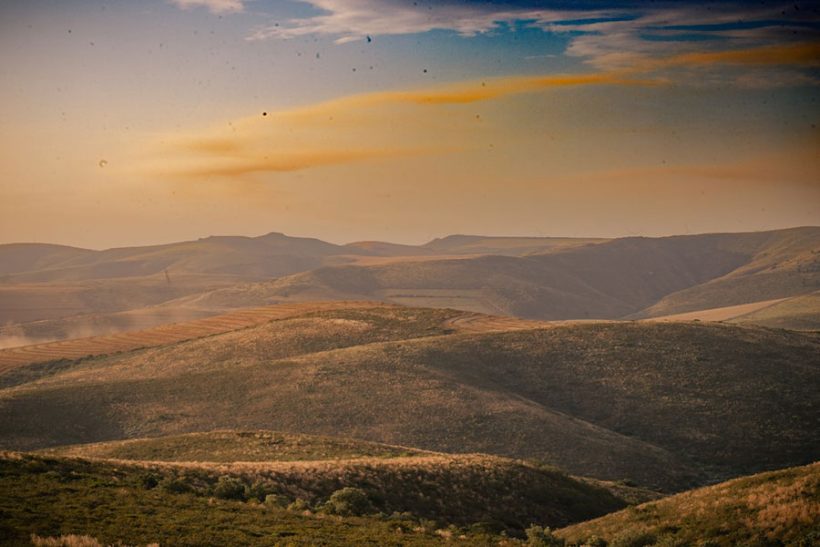Twenty years ago, a crucial report was published – which set the scene for renosterveld conservation in the Overberg and Swartland for the next two decades.
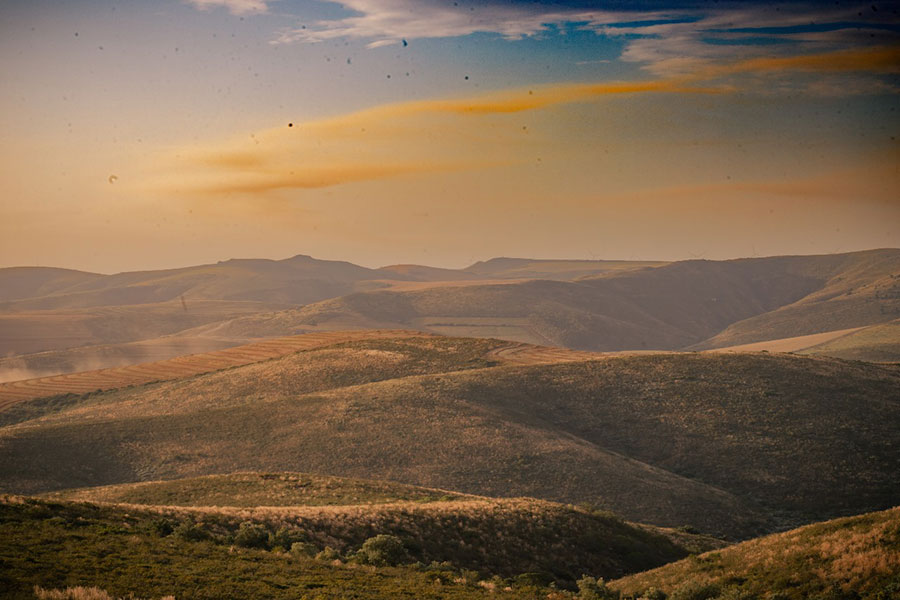
But what has happened in these 20 years? And how are the conservation goalposts moving? The Overberg Renosterveld Conservation Trust (ORCT) Conservation Manager Grant Forbes investigates.
In 2003, the Lowlands of the Cape, which include renosterveld, were identified for the first time as a national conservation priority. This was the conclusion made in a report initiated by the Botanical Society of South Africa (BotSoc) and funded by the Table Mountain Fund. It published a road map setting out the priority areas in the Overberg and the Swartland. The authors of the report also determined a five-year and 20-year vision for conservation in the inland-lowlands.
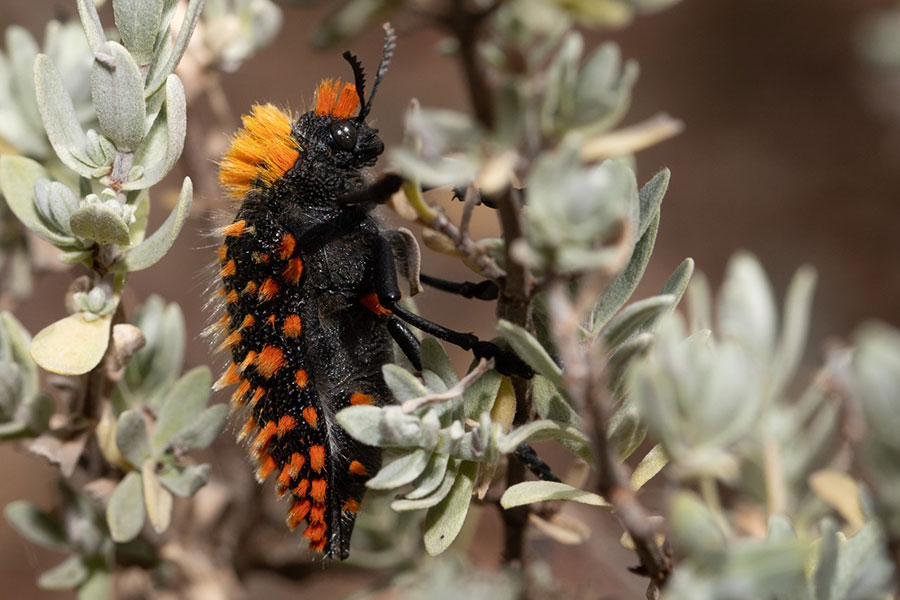
Changing goal posts for conservation
At the time, the conservation of renosterveld was driven by CapeNature through their Stewardship Programme which was launched in the same year. However, in 2010, a review was undertaken by the same authors of the original BotSoc report. And their findings were disappointing: Even back then, it was acknowledged that although a few top priority sites were secured – as set out in the five-year action plan – they were only a fraction of the priority sites that were identified in the report within Critically Endangered ecosystems.
That meant the goal posts had to be shifted, with the five-year plan lengthened to 20 years; and the 20-year plan becoming a 50-year mission.
The CapeNature Stewardship Programme did come into its own – but only really gained some momentum from 2008 for renosterveld. In the Overberg Rûens, around 750 hectares were secured through conservation agreements (of various levels) on 13 sites in the programme between 2008 and 2015. This illustrated the fact that these environmentally critical areas were competing with commercial agriculture, making it difficult to reach conservation targets.
These stewardship numbers are skewed by the numerous other sites that were secured in the province over that time. There were wonderful successes for stewardship for many other threatened landscapes – but this was not hugely successful in the Overberg Rûens area.
Because 95% of the natural cover in the Rûens had already been lost, this meant that only two percent of all remaining renosterveld in the region was secured through traditional stewardship by 2015.
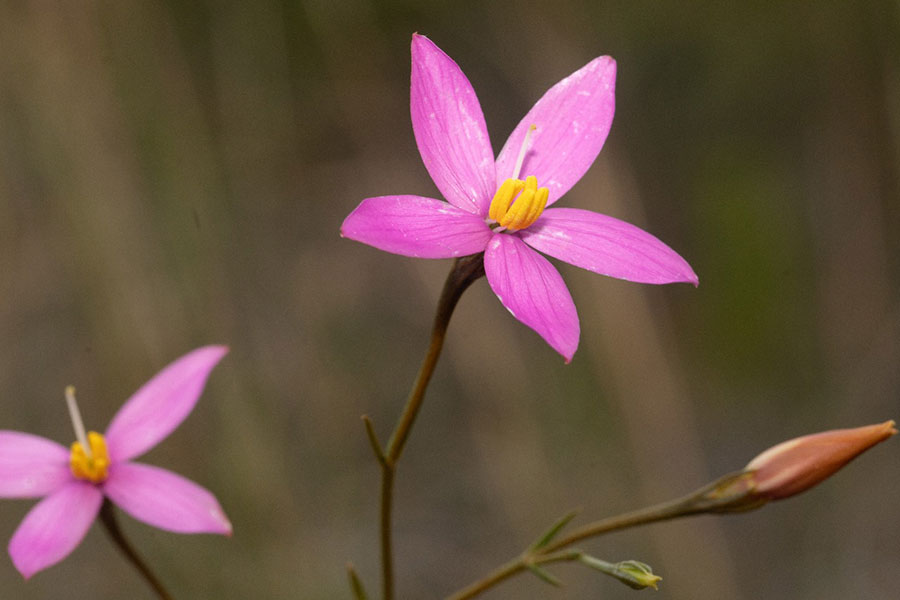
A new form of protection is tested
Given these challenges to protecting these lowland habitats, the Overberg Renosterveld Conservation Trust developed a new form of conservation protection, which the ORCT called conservation easements (adopted from the American term, and equating to conservation servitudes signed and registered on title deeds in perpetuity). The Trust launched these in 2017.
Early in the establishment of the Trust, Haarwegskloof Renosterveld Reserve, about 500 ha of Endangered renosterveld, was bought by WWF South Africa and declared a nature reserve, becoming the home of the Trust and lowland renosterveld conservation. Since then another purchase, of neighbouring Plaatjieskraal, has been secured through wonderful partnerships – bringing 500 ha of additional land under the direct management of the Trust.
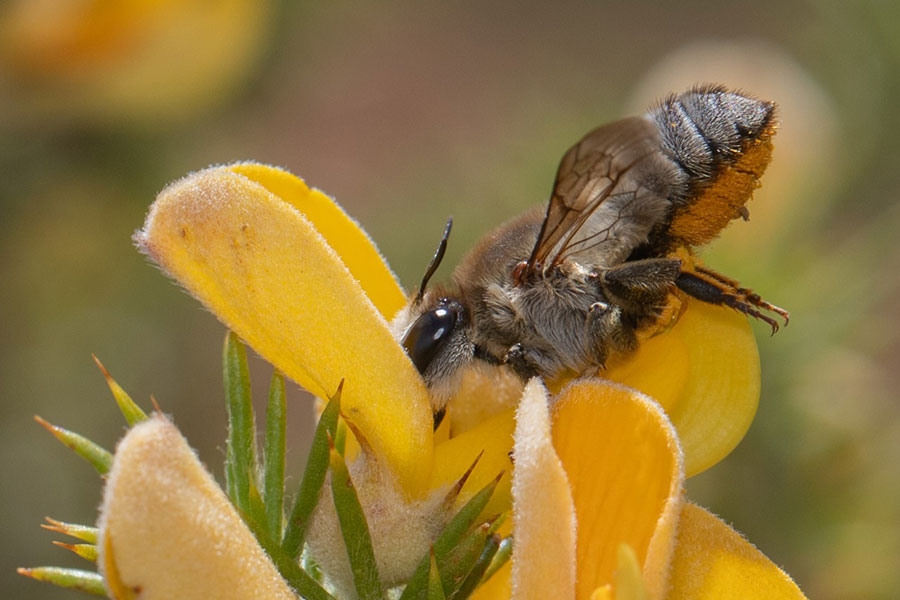
Just one year after the ORCT launched the conservation easement programme, the National Biodiversity Assessment, undertaken by the South African National Biodiversity Institute (SANBI), was concluded. This report also included a number of disappointing findings. It found that there was a rapid rate of habitat loss in the Overberg and the Swartland in the five years up to 2019. It also concluded that the Cape Floral Kingdom, of which renosterveld forms part, holds the MOST Critically Endangered ecosystems and the third most threatened ecosystems in the country.
This report once again buoyed the ORCT to work closely with farmers to secure renosterveld in the Overberg. And as a result, since 2017 the ORCT has registered servitudes on 21 properties, securing 4 500 hectares of lowland ecosystems, mostly renosterveld, while offering incentives to landowners partnering with us to conserve renosterveld.
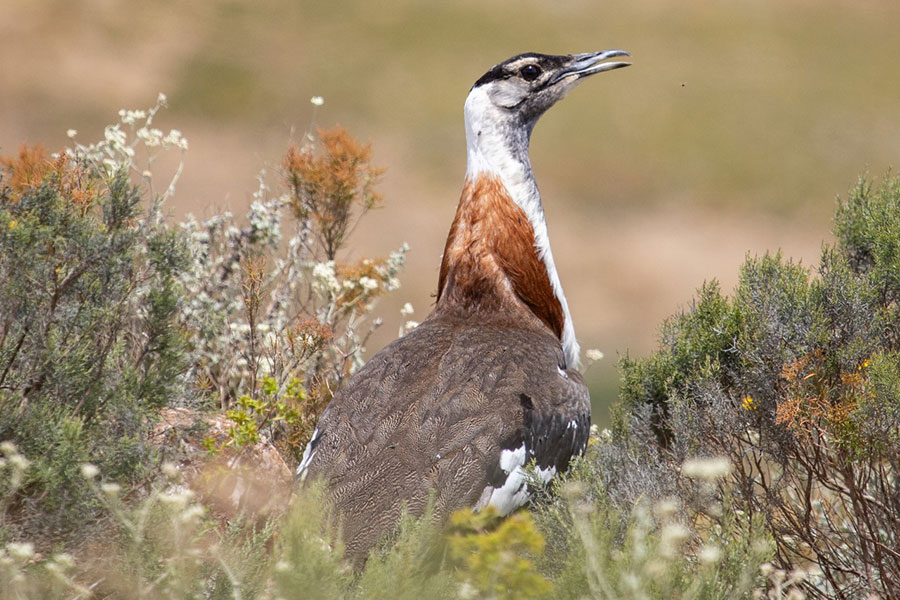
A glimmer of hope…
Less than five years after the SANBI assessment, the harrowing report by Glenn Moncrieff of SAEON showed with great clarity exactly how and where almost 500 ha of renosterveld had been lost across the Overberg over just a three-year period.
The glimmer of hope lies in the fact that altogether, over the past 20 years, about 5 700 hectares of lowland renosterveld and other threatened vegetation types have been secured through stewardship, conservation easements and land purchase (of which 5 500 ha are under the direct or indirect care of the ORCT). This amounts to about 12% of the remaining renosterveld.
While we are proud to have taken the lead in protecting renosterveld landscapes through our programme, there is still considerable work to be done. This habitat still teeters on the brink of extinction – with the continued loss of renosterveld affecting ecosystem health and the long-term resilience of the habitat.
In the Cape Floristic Region, the numbers are skewed by intact fynbos habitats – especially on our mountains. It’s vital that these fynbos habitats continue to be protected, but these large areas of intact vegetation skew the picture for renosterveld in the lowlands. The remaining islands of renosterveld are still susceptible to a suite of threats, including agriculture, mining, wind energy and other developments. That’s why it’s vital for us to work with landowners, as we work together to protect what’s left. And that’s why we’re also very grateful for every landowner who is making a valuable contribution to the conservation threatened habitats in the Overberg Rûens.

